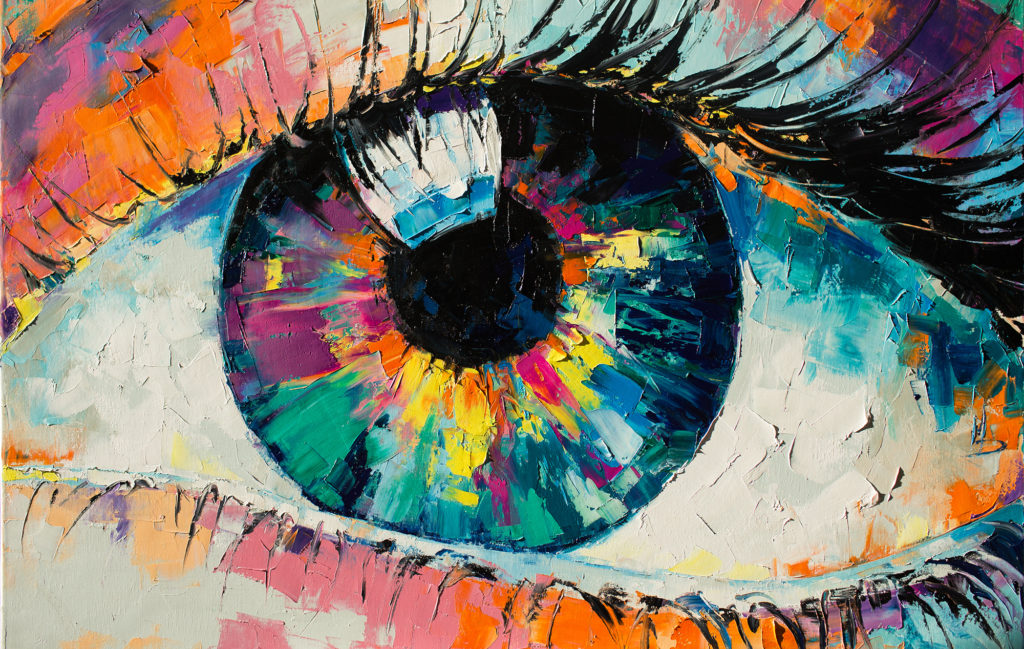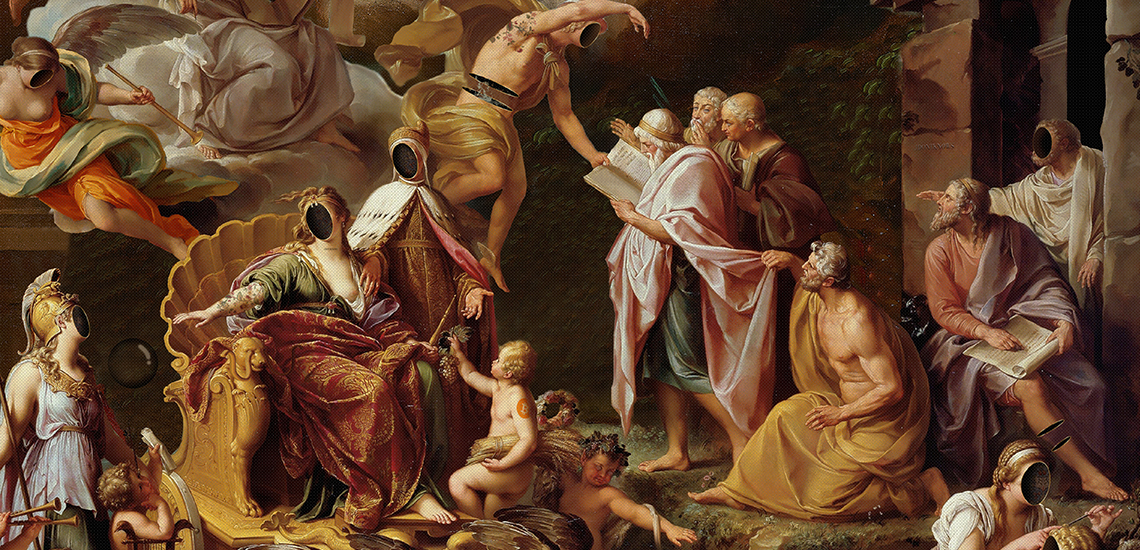Comprehending the Symbolism Behind Significant Trump Art Creations
Getting Started on an Aesthetic Trip Via the Lyrical Interpretations of Nature in Impressionist Landscapes
In the realm of art background, the Stylist motion stands out as a critical period that reinvented the method nature was depicted on canvas. Artists such as Claude Monet, Camille Pissarro, Edgar Degas, Berthe Morisot, and Vincent Van Gogh recorded the essence of the all-natural globe via their special interpretations, producing landscapes that go beyond simple graph. Each brushstroke, each play of light and darkness, and each color selection in their jobs talks volumes about the musicians' deep connection to nature and their ability to equate its elegance onto the canvas. As we check out the lyrical analyses of nature in Impressionist landscapes, we are welcomed to submerse ourselves in a world where truth and feeling intertwine, providing a glimpse into the artists' extensive appreciation for the all-natural world.
The Fascinating Brushstrokes of Claude Monet
Claude Monet's proficiency of brushstrokes transcends simple technique, imbuing his landscapes with an angelic quality that fascinates and captivates visitors - trump art. His innovative use shade and light, integrated with his distinct brushwork, produces a feeling of motion and life within his paints. Monet's distinguished series of works showing water lilies and his renowned haystacks display his ability to record the fleeting results of light and environment

Checking Out Light and Shadow With Camille Pissarro
Symbolizing a comparable reverence for the interaction of light and darkness, Camille Pissarro's artistic vision unfolds as an unified exploration of the environment's luminous subtleties. Pissarro, a vital figure in the Impressionist motion, masterfully captured the dynamic partnership between light and shadow in his landscapes. His skilled usage of color and brushwork allowed him to convey the refined changes in light that specify various times of day and seasons.
Pissarro's paintings typically feature dappled sunshine filtering through leaves, casting intricate patterns of light and shadow on the planet listed below. In jobs such as "Hoar Frost, the Effect of Snow, Pontoise," Pissarro skillfully portrays the crisp illumination of winter sunshine juxtaposed with the great darkness that specify the snowy landscape. By embracing both light and shadow in his compositions, Pissarro welcomes visitors to submerse themselves in the all-natural beauty and transient effects of light worldwide around them.

Via Pissarro's jobs, we are advised of the transformative power of light and darkness, welcoming us to stop and value the fleeting moments of charm present in the daily landscapes that surround us.
A Harmony of Colors by Edgar Degas
Edgar Degas coordinates a vivid symphony of colors in his masterful artworks, infusing his compositions with a dynamic interplay of colors that captivate the viewer's gaze. Known primarily for his ballet dancers and intimate scenes of Parisian life, Degas adeptly controlled colors to communicate mood and activity in his paintings. trump art. His usage of strong, different shades and refined tonal variations produced a sense of deepness and vibrancy within his jobs
Degas' shade scheme commonly was composed of rich blues, deep greens, and cozy oranges, which he used with confident brushstrokes to capture the essence of his topics. Whether representing a ballerina mid-performance or a group of pals talking at a cafe, Degas' shades not just illustrated the scene however likewise evoked a feeling of emotion and power.
Moreover, Degas' experimentation with light and darkness added an additional layer of intricacy to his color compositions, improving the general atmosphere of his paints (trump art). With his competent adjustment of color, Degas produced an aesthetic symphony that remains to resonate with visitors today
Checking out Nature's Calmness With Berthe Morisot
Berthe Morisot's artistic vision offers a peaceful departure from the vivid color harmonies of Edgar Degas, as she catches the peace of nature in her expressive landscapes. Understood for her delicate brushwork and intimate portrayals of day-to-day life, Morisot's landscapes emanate a sense of tranquility and consistency.
Morisot's paints usually feature soft, low-key tones that convey a feeling of peace and serenity. Her works, such as "The Cradle" and "Summer season's Day," showcase her capability to record the refined beauty of nature in such a way that is both relaxing and reflective to the viewer.
Unlike a few of her Stylist equivalents that concentrated on dynamic make-ups and vibrant shades, Morisot preferred to produce mild, reflective scenes that invite the audience to mirror and pause. With her skillful usage of light and darkness, Morisot creates a sense of serenity that resonates with the visitor on a deep emotional degree.
The Psychological Landscapes of Vincent Van Gogh
Vincent Van Gogh's landscapes vividly share a depth of feeling via their vibrant brushwork and expressive use of shade. click this link The Dutch post-impressionist musician is renowned for his capacity to capture intense and raw emotions in his paintings, going beyond typical depictions of nature. Van Gogh's turbulent individual life, noted by psychological health battles, significantly affected his art, instilling his landscapes with a sense of unease, sorrowful, or liveliness.
In works such as "Starry Evening" and "Wheatfield with Crows," Van Gogh's swirling brushstrokes and vivid color choices evoke an extensive psychological reaction from audiences. The rough skies and agitated landscapes in his paints show his inner turmoil and psychological disturbance, inviting viewers to delve right into the intricacies of his subconscious.
Van Gogh's special visual language, characterized by exaggerated perspectives and vibrant use color, produces landscapes that resonate with visitors on a deeply psychological level. Through his art, Van Gogh welcomes us to see nature not simply as an exterior reality yet as a mirror of our innermost sensations and emotions.
Verdict
In final thought, the impressionist landscapes of artists such as Claude Monet, Camille Pissarro, Edgar Degas, Berthe Morisot, and Vincent Van Gogh supply a distinct and captivating aesthetic interpretation of nature. Via their usage of brushstrokes, light, color, and emotion, these artists have actually produced a harmony of pictures that evoke a feeling of calmness and elegance in the all-natural world. Their jobs proceed to motivate and bewitch customers with their lyrical interpretations of the landscapes around us.
Each brushstroke, each play of light and shadow, and content each color selection in their works speaks quantities about the artists' deep link to nature and their ability to equate its elegance onto the canvas. His innovative usage of shade and light, integrated with his distinct brushwork, creates a sense of motion and life within his paints. His adept usage of shade and brushwork allowed him to communicate the Full Article refined changes in light that define different times of day and seasons.
